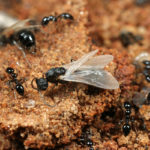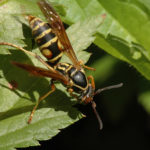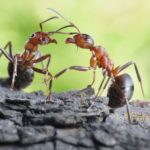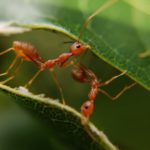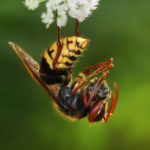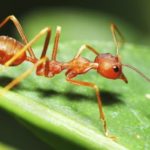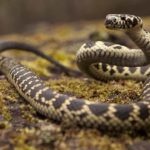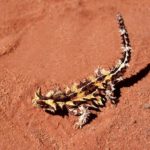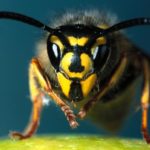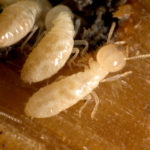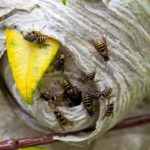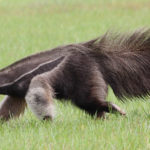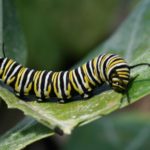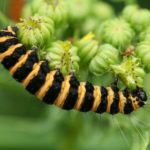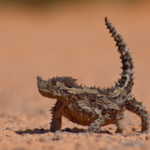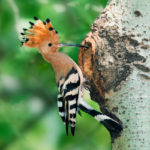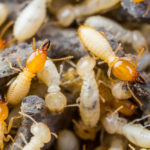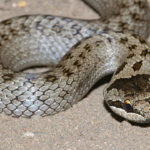Ants
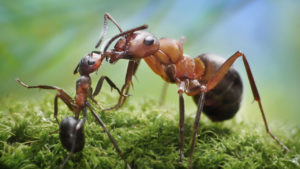 Ants are public insects of the suborder of stinging hymenoptera (Aculeata, detachment of Hymenoptera), the immediate relatives of wasps and bees, but the sting and poison glands are far from in all species. Thanks to their remarkable ability to cooperate, ants became the dominant group of arthropods. In warm countries on 1 hectare of land can count up to 20 million individuals of these ever-hurried, businesslike creatures.
Ants are public insects of the suborder of stinging hymenoptera (Aculeata, detachment of Hymenoptera), the immediate relatives of wasps and bees, but the sting and poison glands are far from in all species. Thanks to their remarkable ability to cooperate, ants became the dominant group of arthropods. In warm countries on 1 hectare of land can count up to 20 million individuals of these ever-hurried, businesslike creatures.
More than 10,000 species of ants are distributed around the globe, except the Far North and Antarctica. The most interesting, diverse and highly organized of them live in the tropics, but in Russia there are also some “ant wise men”.
For example, red forest ants (Formica rufa) – an inexhaustible source of research and discovery. Surely you saw their magnificent anthills in our forests, where small red workaholics participate in soil formation and save plants from caterpillars.
Civilization of ants is an interesting object for study and contemplation. Ants are used to living in communities. If you separate the ants separately and in groups, then those who have remained alone will die faster. Where do the ants hurry all the time, where are they running? They are forced to take care of eggs and constantly fumble with larvae. Pupae in bees, for example, are kept in complete rest and strict isolation; The ants of their pupae are transferred from place to place even more often than larvae or eggs.
When the ant ripens and it is time for him to hatch from the silk cocoon, he does not leave it himself. The jaws of the young ant are too soft to cope with a tough shell. The exit from the cocoon is opened by the older ants performing the role of the midwife. They cut the cocoon out of the outside and help their new brother out.
Males or females that come into the world, ants spread out the wings that are caked in the cocoon. These working winged sisters and brothers labor the ants from the first to the last day of their lives. Young working ants receive food from the elders only in the first days. 1 Simply put, the life of the future generation of ants is in the clutches of the working ants, so they are constantly fussing.
Try one day to watch the “ant wise men”, and very soon such a hobby can grow into something more. You can conduct a simple and harmless experiment to identify the ant “intelligence”: put a low candle on the dome of the “house” of red forest ants, and you will find that they are able to extinguish the fire with targeted shots of formic acid. Mysterious behavior of insects has created a new fashion – in some European pet stores they sell special formaria (something like strong terrariums) with small colonies of ants inside.
